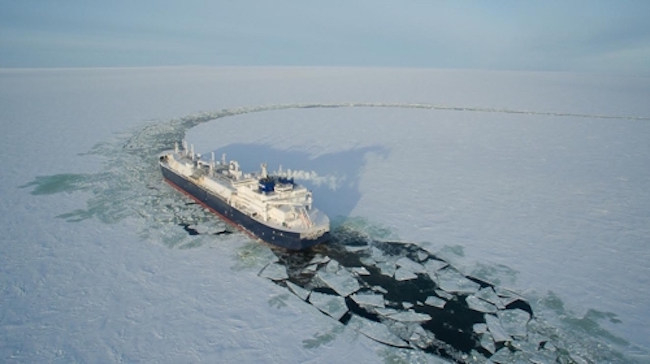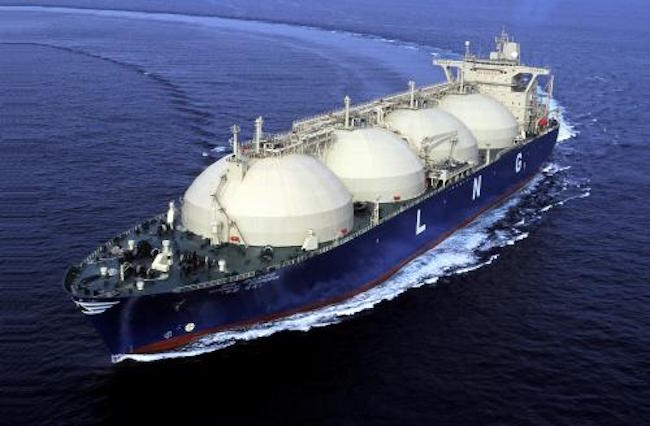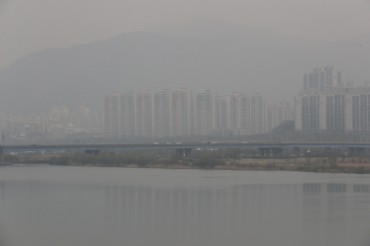
According to recent industry data, however, that could change in the not-too-distant future thanks to a projected rise in demand for LNG carriers, which would transform the trio’s current troubles from what seems like a death knell into a painful yet relatively brief dry spell. (Image: Yonhap)
SEOUL, Oct. 16 (Korea Bizwire) – Hyundai Heavy Industries, Daewoo Shipbuilding and Marine Engineering and Samsung Heavy Industries, the top shipbuilders in the country, are struggling from lack of work caused by falling demand for new vessels.
According to recent industry data, however, that could change in the not-too-distant future thanks to a projected rise in demand for LNG carriers, which would transform the trio’s current troubles from what seems like a death knell into a painful yet relatively brief dry spell.
On October 15, British Petroleum in its Energy Outlook 2017 report suggested that global LNG (liquefied natural gas) trade through maritime routes would grow rapidly, eventually composing half of all trade after 20 years.
The report reads that maritime trade comprises 32 percent of all LNG commerce in 2017. BP’s market analysis reveals that maritime trade growth is seven times that of land-based pipelines, culminating in a 50 percent share of all commerce by 2035.
The surge in LNG trade outlined in the Energy Outlook 2017 report can be explained by a previous BP study, which stated that LNG would replace coal as the second most commonly used energy source by 2030.
BP proposed that if market trends remained unchanged, LNG could take the number one spot from petroleum within 30 to 40 years.

More demand, in particular more demand for maritime transport of LNG, naturally calls for LNG carriers; something the three South Korean shipbuilders, having obtained orders for 46 of 59 15,000 CBM LNG carriers that were issued in 2014 per U.K. shipbroker Clarksons, are well positioned to take advantage of. (Image: Yonhap)
More demand, in particular more demand for maritime transport of LNG, naturally calls for LNG carriers; something the three South Korean shipbuilders, having obtained orders for 46 of 59 15,000 CBM LNG carriers in 2014 per U.K. shipbroker Clarksons, are well positioned to take advantage of.
The move towards the more environmentally friendly LNG has likely gained momentum as the IMO (International Maritime Organization) has beefed up policies which require vessels to be fueled with LNG or setting lower ceilings of sulfur oxides composition (MGO) by 2020.
At the London International Shipping Week last month, Braemar laid out its expectation that the recovery in shipbuilding orders would be slow at first, with less than 17 next year, but would gain steam by 2020, with a projection of 20 by 2019.
Besides LNG carriers and LNG-fueled vessels, FSRUs (Floating Storage Regasification Units) and FLNG (Floating liquefied natural gas) – facilities in development to tap underwater LNG reserves – are also expected to increase in number, targeting the waters surrounding Australia and off the eastern coast of Africa.
All 18 FSRUs in operation worldwide were constructed at South Korean shipyards.
S.B.W. (sbw266@koreabizwire.com)






